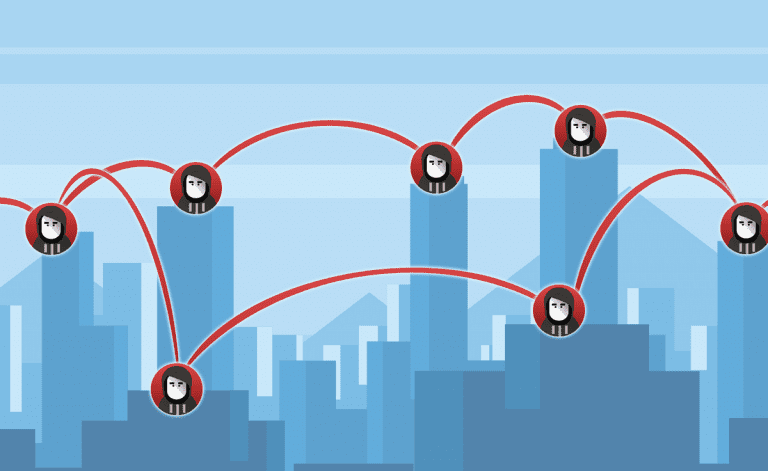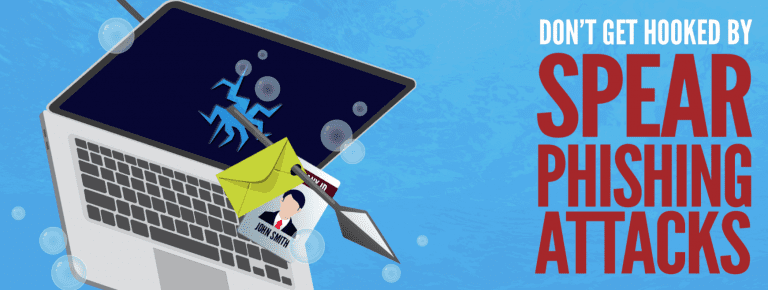Learning how to share is an important skill you learn early on in life. Let’s say you’ve dominated in the art of sharing, and now you are out in the work force. Luckily for you, technology has made is extremely easy to share. You’re able to send business documents and files at the click of a button… but you should do so cautiously. We put together this blog to explain why you you should think twice before clicking send.
When it comes to sharing online, one should consider following the best practices.
The addition of the cloud has made it so simple to share company documents, spreadsheets and presentations. You simply click on the document from OneDrive, Dropbox or Google and click “share.” A link is created that you can either copy onto an email, or send it through the pop-up email from the software you’re currently using. Once you click send, you’re free to move onto your next “to-do” without having to think about it.
Or do you?
Unless you’ve set it up so the link expires afterwards, you’ve given that file unrestricted access. Furthermore, you may have it in place that whoever has the link can gain access to the file. You might have even given everyone with the link editing permission for that file, allowing them to change the data or delete it. This editing could occur today, tomorrow, next week, next month or even years from now.
Before you share that link, give it some thought. You might not want that external contractor to have access to that presentation in the future. You may only require a team member’s feedback before a sales pitch, and not indefinitely.
Best Practice for Sharing links
The problem becomes even worse if you share folders. It starts with just a few files in that folder – the ones you actually want your contact to see – but over time, you add more files to the same folder. Do you want that client to have access to everything? All new additions? Forever? Before you send a shared link with broad permissions, you have to ask yourself these questions.
Yes, it make it very convenient for a link to have a “anyone with the link can view” option. This will help you aren’t privy to everyone’s email, or if you just don’t know everyone who needs access to the file you’re sending. However, it is still pivotal to use the permission based route. This option only allows people with the emails you filtered to access the file. You could even make the default settings to only share links to people in your organization.
Consider whether you want to make them editors as well. Remember that this grants them permission to change and erase the file. Limit what they can do to “viewing only” if you simply just want them to look at the content.
It’s a good idea to take that extra step and set your links to expire. This will prevent other people from accesses disclosed files after they are no longer needed. This will help especially when employees leave the company or even switch positions. For the data that is confidential or time sensitive, choose a shorter expiration date. Worst case scenario the link expires and the person still needs access. You’ll be able to let them in again, while staying on top of accessibility.
Worried about people accessing your files, software and data unauthorized? Feeling overwhelmed by the work load? A managed IT service provider can handle all this while enhancing your security position.
Contact us today to learn more about what we can do for you.
Click here to schedule a free 15-minute meeting with Stan Kats, our Founder, and Chief Technologist.
STG IT Consulting Group proudly provides IT Service in Greater Los Angeles and the surrounding areas for all of your IT needs.





